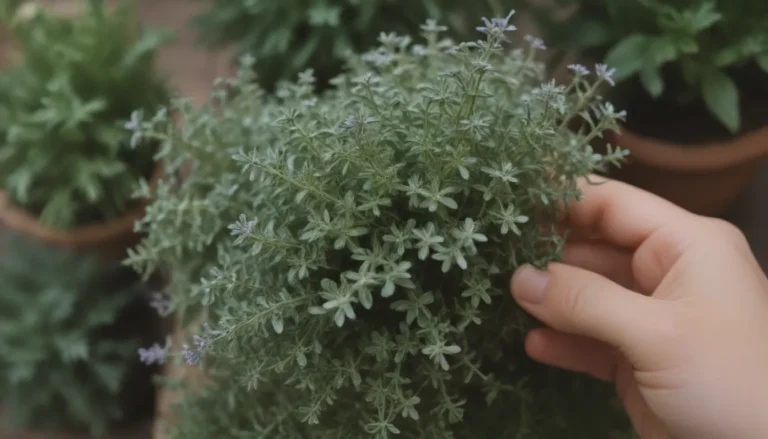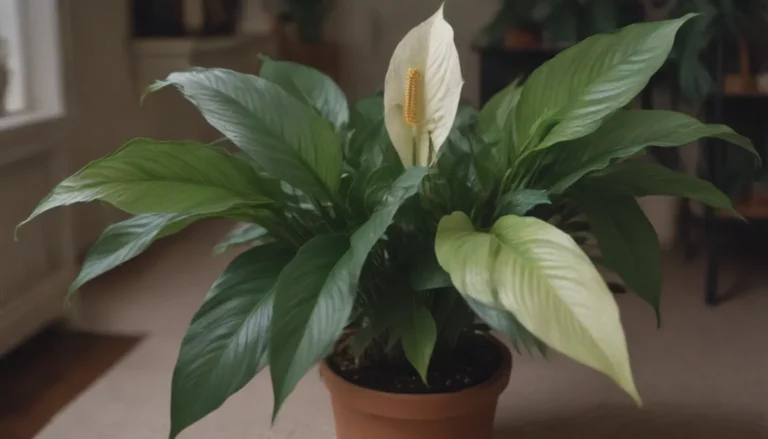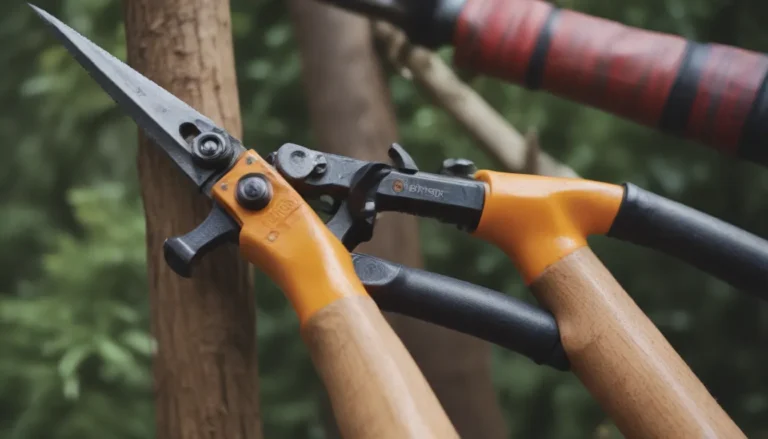How to Identify, Remove, and Prevent Poison Hemlock Infestations

Do you find yourself battling against a pesky plant that seems to take over every corner of your yard or property? You might be dealing with poison hemlock, a highly toxic and invasive weed that can not only be harmful to humans and animals but also overwhelm natural habitats. In this comprehensive guide, we’ll explore everything you need to know about identifying, removing, and preventing poison hemlock infestations in your area.
Understanding Poison Hemlock
Poison hemlock (Conium maculatum) is a biennial plant native to Europe and North Africa that was introduced to the United States in the 1800s. Despite its toxic nature, poison hemlock was initially brought over as an ornamental garden plant. Over time, it has spread rapidly and naturalized in almost every state, earning a classification as an invasive species.
One of the key dangers of poison hemlock is that all parts of the plant – leaves, flowers, seeds, stems, and roots – are highly toxic. Even a slight brush against the plant can cause severe and long-lasting harm. This makes it crucial to be able to identify poison hemlock accurately to avoid any potential risks.
How to Identify Poison Hemlock
Identifying poison hemlock involves understanding its two-year life cycle and recognizing key features at each stage. Here are some tips to help you spot this noxious weed:
- First-Year Growth: In its first year, poison hemlock grows in a large rosette of basal leaves that can reach up to 2 feet in length. These dark-green, lacy leaves are deeply divided and mostly triangular in shape. The stems and leaves are hairless.
- Second-Year Growth: During the second year, poison hemlock develops a tall flowering stalk that can grow up to 8 to 10 feet in height. The stem is sturdy yet hollow, with ridges and purple blotches or spots. The plant produces white flower clusters between May and August, followed by seed capsules containing two round and ribbed seeds.
It’s essential to exercise caution when identifying poison hemlock and avoid direct contact without protective gear. The plant’s resemblance to other species in the carrot family (Apiaceae) makes accurate identification crucial to prevent any accidental exposure.
Plants That Resemble Poison Hemlock
Several non-toxic and toxic plants share similarities with poison hemlock, making it important to distinguish between them:
- Angelica
- American elderberry
- Common ragweed
- Common yarrow
- Tall meadow rue
- Cow parsnip
- Spotted water hemlock
- Western water hemlock
- Queen Anne’s Lace
- Wild parsnip
Where Does Poison Hemlock Grow?
Poison hemlock thrives in full sun to light shade and prefers moist soil. However, it can adapt to various environments and is known as a “pioneer species” that quickly colonizes disturbed sites. You can find poison hemlock along roadsides, farm fields, ditches, marshes, and meadows, where it spreads through seeds and wildlife dispersal.
Removing Poison Hemlock Infestations
Dealing with poison hemlock infestations requires a strategic approach to ensure effective removal without spreading seeds or toxins. Here are some methods to consider:
- Manual Removal: Small first-year seedlings can be removed by hand, ensuring to extract the entire tap root, especially after rainfall when the soil is moist. For larger rosettes, a trowel or shovel may be necessary.
- Mowing: Mowing the infested area before the plant sets seeds in early summer can help weaken poison hemlock populations. However, avoid mowing after seeds have formed to prevent further dispersal.
- Herbicide Application: In cases of severe infestations, using a broad-spectrum herbicide in the first year of the plant’s life cycle may be necessary. Exercise caution when applying herbicides to avoid harm to other plants and ensure targeted treatment.
Remember that removing poison hemlock is a long-term process that may require multiple approaches over several growing seasons. Proper disposal of pulled plants and seeds is essential to prevent reinfestation, as composting or burning can release toxins back into the environment.
Preventing Poison Hemlock Reinfestation
After successfully clearing an area of poison hemlock, it’s crucial to prevent its return by replanting with desirable native species and implementing ongoing monitoring and maintenance. By creating healthy and diverse habitats, you can discourage the growth of invasive species like poison hemlock and promote biodiversity in your surroundings.
In conclusion, identifying, removing, and preventing poison hemlock infestations requires diligence, caution, and an understanding of the plant’s life cycle and toxic nature. By taking proactive steps to address invasive species in your area, you can protect your environment and ensure a safe and thriving ecosystem for future generations.





